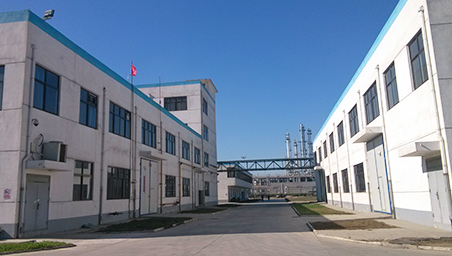
News
אוק . 10, 2024 12:44 Back to list
custom humic acid dosage for plants
Custom Humic Acid Dosage for Plants A Comprehensive Guide
Humic acid, a key component derived from the decomposition of organic matter, has gained widespread acceptance in the realm of agriculture and horticulture. It is prized for its numerous benefits, including improving soil structure, enhancing nutrient uptake, and promoting overall plant health. However, the effectiveness of humic acid largely depends on its appropriate dosage. Understanding how to customize the dosage for various plants can significantly enhance their growth and productivity.
What is Humic Acid?
Humic acid is a natural, organic substance formed through the microbial degradation of plant and animal matter. It is found in soil, peat, and water bodies, playing a crucial role in soil chemistry and ecology. Humic acid enhances the availability of nutrients, increases water retention, and improves soil structure. It also aids in the chelation of minerals, making them more accessible to plants. The introduction of humic acid to agricultural practices can lead to improved crop yields and healthier plants.
Customizing Dosage for Different Plant Types
The optimal dosage of humic acid varies depending on factors such as plant type, soil conditions, and the specific growth objectives. Here is a breakdown of how to customize humic acid application for different scenarios
1. Seedlings and Young Plants For germination and early growth stages, a lower concentration is often recommended. A dosage of 0.5 to 1 gram of humic acid per liter of water can be ideal. This gentle introduction helps young root systems develop while avoiding potential toxicity from over-fertilization.
2. Vegetables When applying humic acid to vegetable gardens, a dosage of 1 to 2 grams per liter of water can enhance growth and yield. Spraying this solution on leaves or integrating it into the soil during planting can improve nutrient uptake and resilience against pests.
custom humic acid dosage for plants

3. Fruit-bearing Plants For trees and shrubs, especially those producing fruits, a higher dosage is beneficial. A range of 2 to 4 grams of humic acid per liter of water can be suitable, applied during the flowering stage or when fruits are maturing. This increase helps support nutrient demands during critical growth stages.
4. Ornamental Plants For ornamental plants, humic acid can improve aesthetic qualities. A dosage of about 1 to 2 grams per liter is generally effective, used fortnightly during the growing season. This approach encourages healthy foliage and vibrant blooms.
5. Lawns When treating lawns, especially those undergoing stress, a balance is essential. A dosage of roughly 1 gram per liter of water every 4-6 weeks can contribute to soil health and overall vitality.
Techniques of Application
Customizing dosage is only one part of the equation; how you apply humic acid is equally essential. Here are some effective techniques
- Soil Incorporation Mix humic acid directly into the soil at planting time to ensure roots absorb the nutrients effectively. - Foliar Spray Dilute the humic acid solution and apply it directly to the leaves. This method allows for quick absorption and can provide rapid benefits, particularly to stressed plants. - Drip Irrigation Systems If you’re using a drip irrigation system, humic acid can be injected into the water supply, ensuring an even distribution to plants.
Conclusion
Incorporating humic acid into your gardening or agricultural practices can yield remarkable benefits, but understanding the right dosage for your specific plant types is crucial. By customizing the application according to growth stages and plant needs, you can promote stronger, healthier plants while enhancing soil vitality. As organic farming and sustainable practices continue to gain traction, the role of humic acid will undoubtedly become more significant in supporting robust agricultural practices for a thriving environment.
-
OEM Chelating Agent Preservative Supplier & Manufacturer High-Quality Customized Solutions
NewsJul.08,2025
-
OEM Potassium Chelating Agent Manufacturer - Custom Potassium Oxalate & Citrate Solutions
NewsJul.08,2025
-
OEM Pentasodium DTPA Chelating Agent Supplier & Manufacturer High Purity & Cost-Effective Solutions
NewsJul.08,2025
-
High-Efficiency Chelated Trace Elements Fertilizer Bulk Supplier & Manufacturer Quotes
NewsJul.07,2025
-
High Quality K Formation for a Chelating Agent – Reliable Manufacturer & Supplier
NewsJul.07,2025
-
Best Chelated Iron Supplement for Plants Reliable Chelated Iron Fertilizer Supplier & Price
NewsJul.06,2025
